Soundproofing a room needn’t be expensive…though it can quickly become very expensive if you go down the route of removing stud walls and ceilings to fit various top-end soundproofing materials.
Soundproofing a room can be done effectively on a very small budget especially if you are willing to do the work yourself…don’t worry all of our tips are very simple and easy to do even for people who are completely inexperienced in D.I.Y.
Check out our list below of a few cheap products that will help soundproof your room (amazon links):
…keep reading to find out how to use them to get the best results.
One of the great things about most cheap soundproofing methods is that they are often easily reversible, so if you live in student accommodation, a shared house or any rented accommodation when the time comes to move out you can easily remove your soundproofing to avoid getting in trouble with your landlord.
What You Need To Know To Soundproof Your Room Well:
-
Where the problem sound is coming from
Working out where exactly the problem noise is coming from is usually fairly easy.
If it’s a loud stereo on the other side of the wall you can work out it rough location by pressing your ear to your wall.
If the sound is coming from road noise or a loud TV below you then identifying the noise source is fairly simple.
Identifying the source of the noise can be more complicated when the noise is caused by deep vibrations for example from heavy machinery which seems to be vibrating through your entire home.
-
Where the sound is getting in from
Working out exactly how sound is traveling into your room is vital if you are going to block it effectively.
Common places for sound leaks include poorly sealed windows and doors and thin or uninsulated stud walls.
-
Where the Reflection point in your room is
Sound will bounce off a surface at the same angle that it hits it.
For example, if a workman is using a hammer drill directly opposite your window then the sound will travel straight to your window and will travel through it (or through the gaps in the sealant) and will carry on traveling at the same angle until it hits the far wall.
Breaking up reflection points with strategically placed furniture is an easy way of using up sound energy and minimizing the impact of problem sound in your home.
The Cheapest Ways To Soundproof A Room
Soundproofing a room can often be done at a very low cost…even free if you have the necessary materials lying around.
Be aware that when we say ‘soundproofing’ what we really mean is sound reduction as not even the most professional soundproofers can guarantee to completely soundproof a room as there always comes a point where vibrations will be able to find their way in.
However, these tips will definitely make a significant difference to the noise levels in your room and they won’t cost you a fortune!
1. Rugs
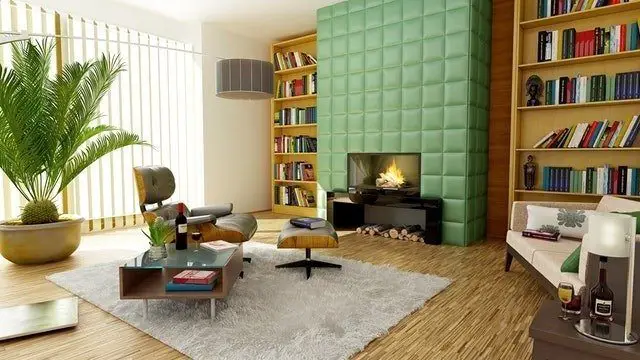
Rugs make excellent vibration dampeners. If you have noisy neighbors downstairs placing a big thick soundproof rug directly over where you can head sound coming from such as above their TV, stereo, or wherever it is that they like to stand and argue!
Sure, a rug isn’t going to prevent you from hearing anything but it can take the edge of harsh noises, particularly noise vibrations. it won’t do anything for airborne sound though…unless you have a hole in your floor and the rug covers it!
Another benefit of rugs is that they will also muffle your steps, so if your downstairs neighbors have ever complained about your heavy feet then a rug will definitely help keep the peace.
2. Weather Stripping
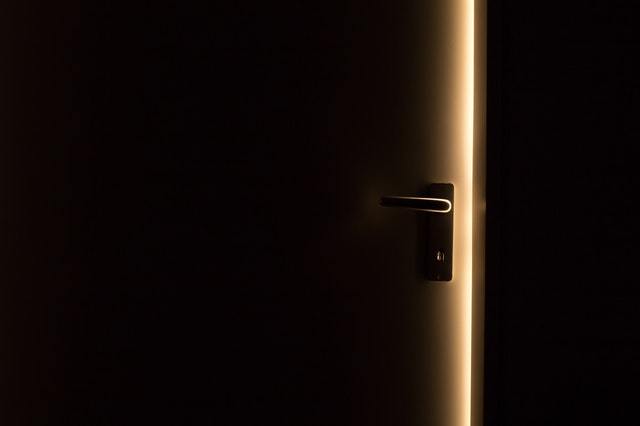
If you know that sound is getting into your room via the door or the windows then a very cheap and effective solution can be to use weather stripping. Weatherstripping is commonly used to prevent moisture getting in through external doors and windows however it is also very good for soundproofing a door.
It consists of slim rubber tubing which you should glue around the inside of your door or window frame at the point where the door or window meets the frame.
Then when you close the door the weather stripping is tightly compressed creating a watertight, airtight and sound-tight seal!
Weatherstripping can make a big difference to poorly sealed windows and doors, it is very easy to install and very cheap (providing you are happy to install it yourself) so is definitely worth using.
3. Blankets
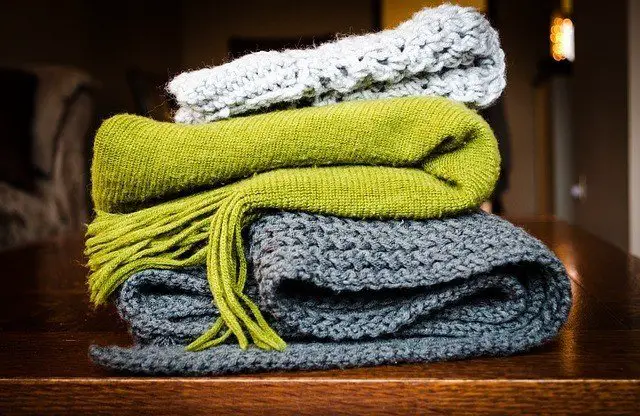
Blankets are incredibly useful when you have a soundproofing emergency. All of us have blankets right? So you can use this soundproofing method for free!
Once you have identified where the sound is coming from you simply need to muffle it with blankets. If the sound is coming through your door then hang a blanket over your door and stuff blankets around the door frame to close up any gaps which air-borne noise may be getting in through. The same principles apply if the sound is leaking in through your window.
If the sound is vibrating through your walls then hang your thickest blankets on the wall, this may require some nails to secure it…or you could prop it up on broom handles, this will help to muffle sound vibrations.
To find out more about using blankets for soundproofing, how effective it is and how best to do it read our article on how to soundproof a room with blankets you can also read our guide to purpose made acoustic blankets which are great for dampening sound and reducing echo.
4. Curtains
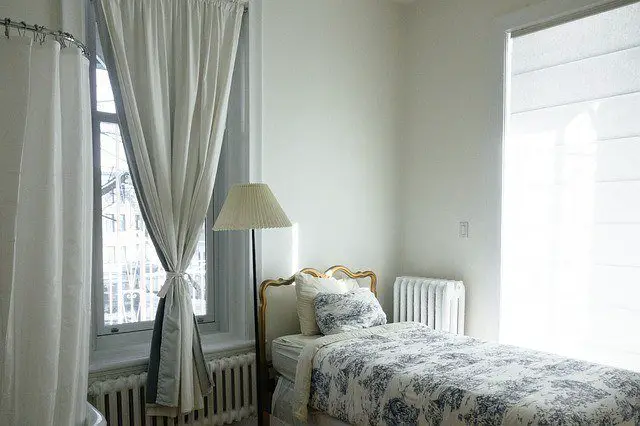
Soundproof curtains…do they exist?
Maybe…maybe not…it’s a controversial topic in the soundproofing world!
Whether or not soundproof curtains are a myth or a reality what is definitely true is that having thick multilayered curtains will significantly help to reduce the amount of sound that gets into your room. This is because having multiple layers means that vibrations will be dampened and sound energy spent as the sound waves travel through it.
No need to invest in expensive curtains; providing your curtain rail is strong enough you can simply hang a blanket or two (or three) up and get the same effect at no extra cost.
5. Egg Cartons
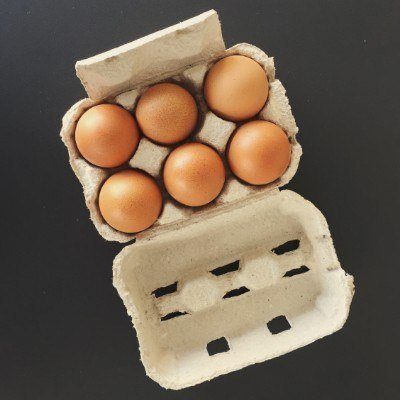
There is a commonly held belief that egg boxes can be used to soundproof a room.
Unfortunately, this simply isn’t true. Egg boxes are far too thin to prevent sound moving through them so please don’t try all you will do is waste a whole lot of time…and eggs!
It is true that egg boxes are good at reducing echo in a room, this is due to their uneven surfaces and peculiar shape.
This means that when a sound wave hits an egg box they deflect off in different directions instead of bouncing back in unison.
So if you are trying to make a recording studio or cinema room sound more acoustically appealing then egg boxes could be a solution…just make sure you don’t use them to prevent sound leaving the room.
6. Homemade Soundproofing Panels
Soundproofing panels are simple things, they are basically dense pieces of material that are fixed to your wall to make it harder for impact sound to travel through them.
You can buy them for relatively cheap, particularly if you are willing to go and pick them up (postage can be expensive because they are heavy).
To use a soundproofing panel all you need to do is bolt it to your problem wall, the entire wall should be covered so you will need to measure out your wall and ensure that you get sufficient panels to cover your wall space.
Alternatively, if you want an even cheaper solution you can make your own soundproof panel relatively easily if you don’t want to spend on buying pre-made ones, as shown in the video below:
- Build a frame – make sure that the frame is an appropriate size for your wall.
- Fill the frame with insulation such as Rockwool – Rockwool is great at absorbing and dampening sound.
- Wrap the frame in fabric – using fabric instead of a hard casing allows the sound waves to reach the Rockwool.
7. Carpets
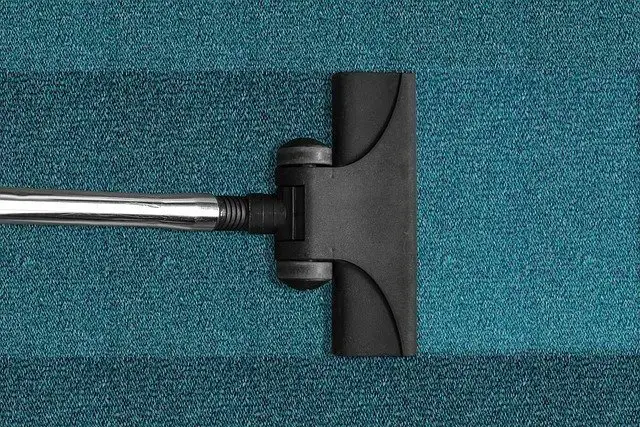
If your home if full of varnished wooden floors, laminate floors, tiling or even marble floors then you will quickly come to realize that hard flooring transmits impact sound very easily.
Impact sound is sound that is caused by the impact of an item hitting a building. Examples of impact sound include heavy footsteps such as someone running on a treadmill (check out our guide to quiet treadmills if this is a problem for you), things being dropped, jumping and hammering.
If you have a hard then the vibrations created by impact sounds travel easily through your floor down to your neighbor. The same is also true in reverse, a hard floor will transmit vibrations coming through the ceiling more clearly than a soft floor which would muffle vibrations.
Installing thick carpet throughout your room will help dampen impact sound vibrations, sure it’s not going to make your room impenetrable to sound but it will help improve the overall acoustics in your room.
Also Read:
How To Soundproof A Closet
How To Open A Squeaky Door Quietly
8. Homemade Window Blockers
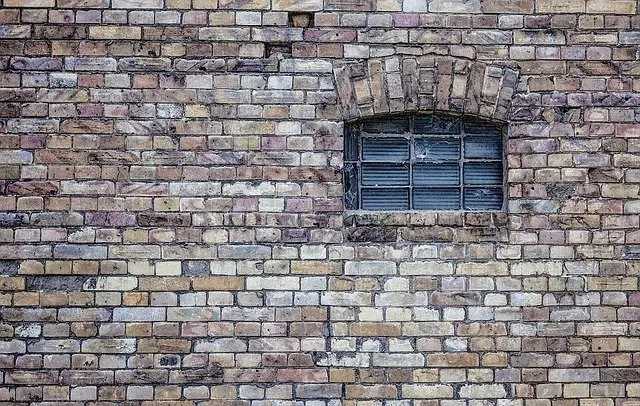
Window blockers are exactly what they sound like…thing that blocks your window.
We’re not talking about a curtain or a blind (though soundproof blinds and curtains can be very effective at blocking sound when used together but they don’t always qualify as cheap) here but rather a big panel that fits exactly to the size and shape of your window frame completely blocking all light and most of the sound from coming through.
If you have an attic bedroom or any room with very small windows you can even create window seals out of sofa cushion which can often be squeezed into the window frame without any need for D.I.Y.
If your window is bigger then you can create a custom window plug at low cost. All you need to do is create a frame that fits your window.
Then mount the frame on a hardwood board and seal a soundproof mat to the board using acoustic sealant. This will do a great job of absorbing vibrations and, if the frame fits your window tightly, air-borne noise too.
Soundproof window film can also make a small difference to the amount of noise coming through your windows.
9. Strategic Furniture Placement
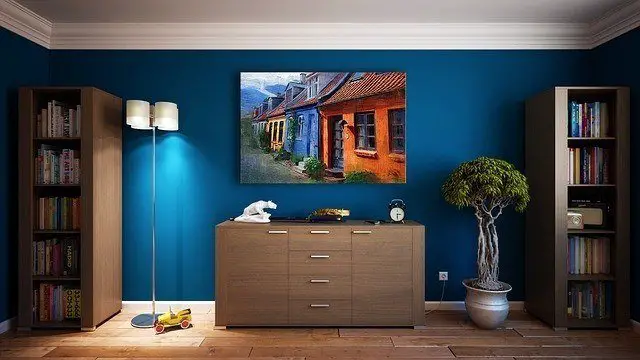
Strategically placing your furniture in problem areas can break up sound waves and cause the sound energy to dissipate far more quickly than it would if you just allowed it to bounce freely around your room.
For example cabinets or shoe racks could be placed near the door to break up sound that travels through the gaps in your doorframe.
If you have a problem with sound coming vibrating through a wall then you could place upholstered furniture against the wall to help absorb the vibrations, this can work very well as the sofa or armchair acts as a dampener preventing your wall from amplifying the sound vibration as a drumskin does.
Related Article: How To Soundproof a Bathroom
As an Amazon Associate I may earn a small fee from qualifying purchases at no extra cost to you. This helps us run the site, so thanks for your support!

Can you purchase sound proofing ceiling panel which are safe effective and inexpensive in the uk DIY stores.
Kind regards
David